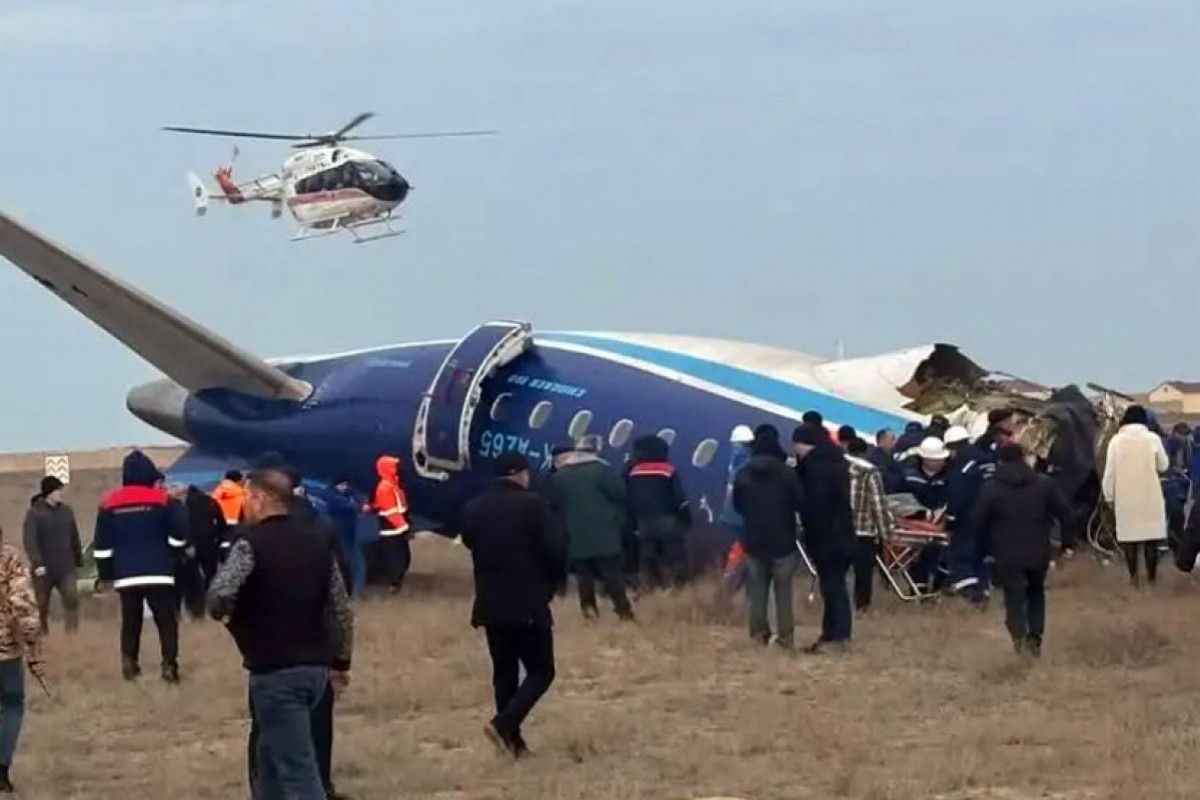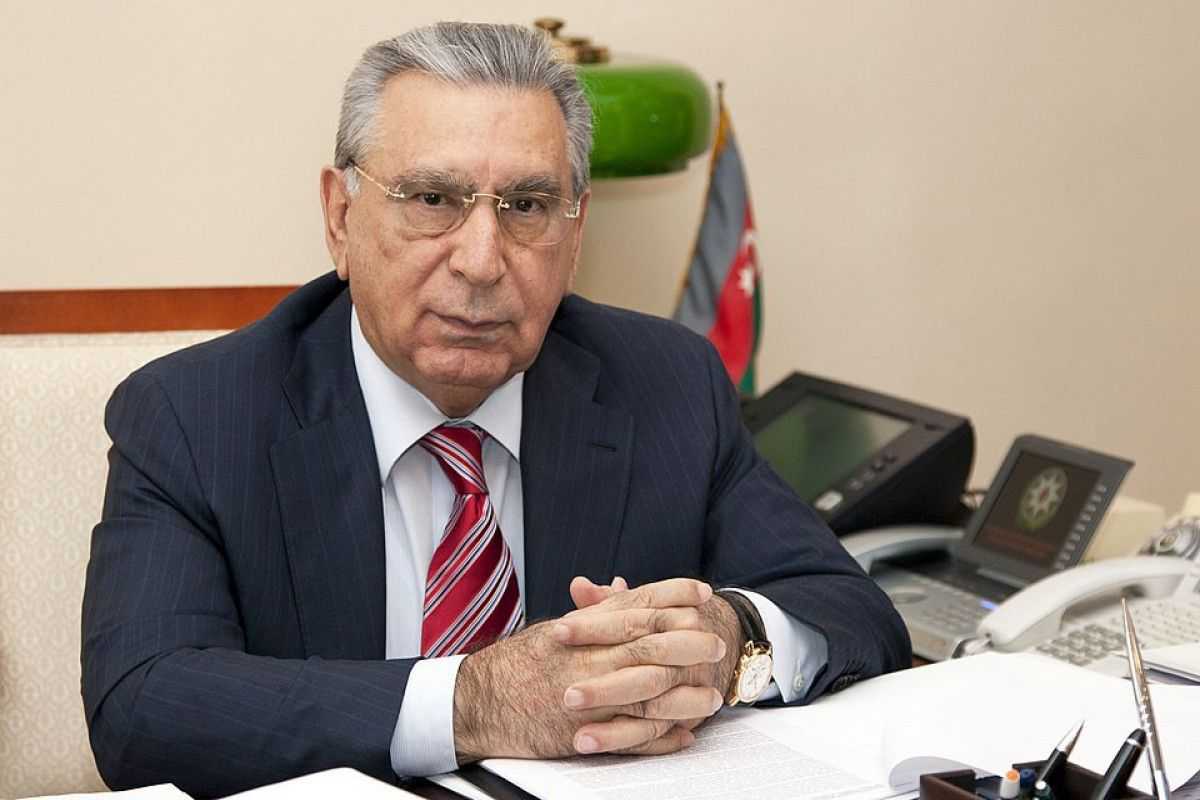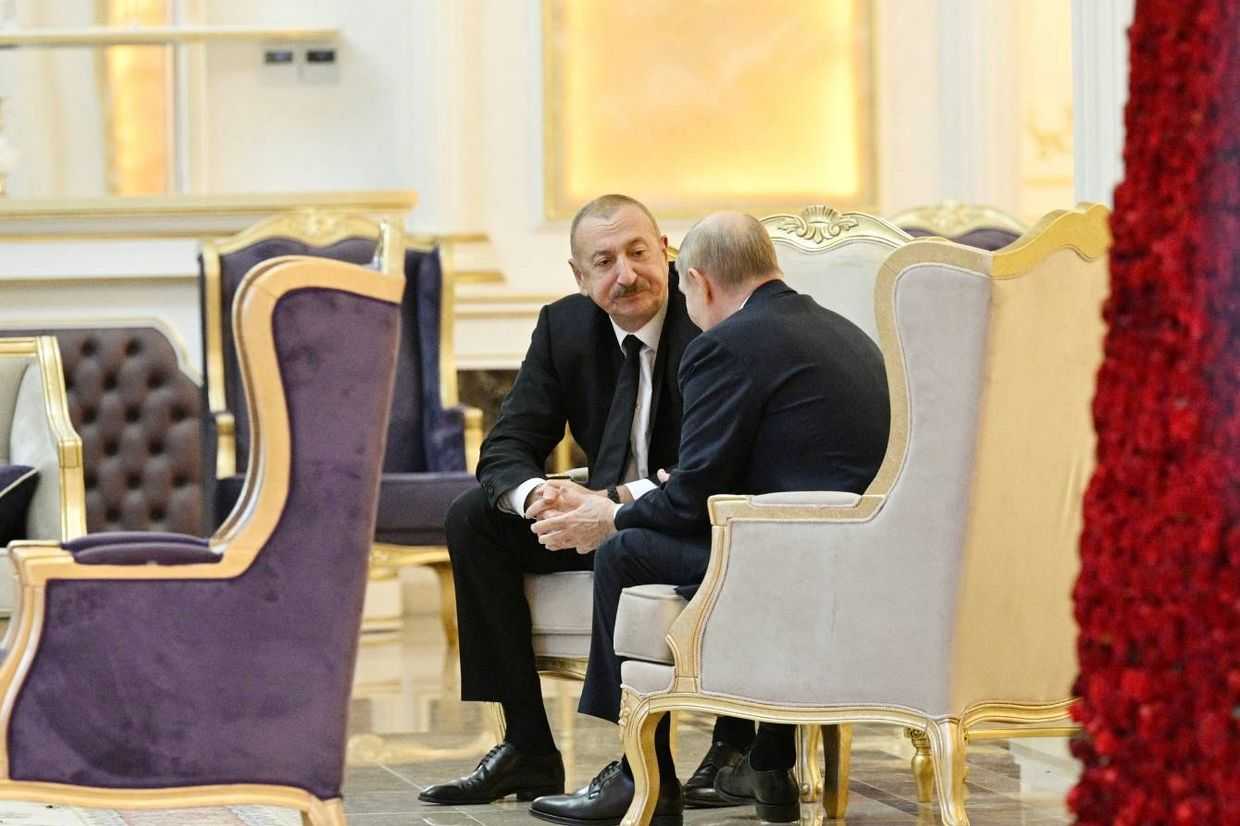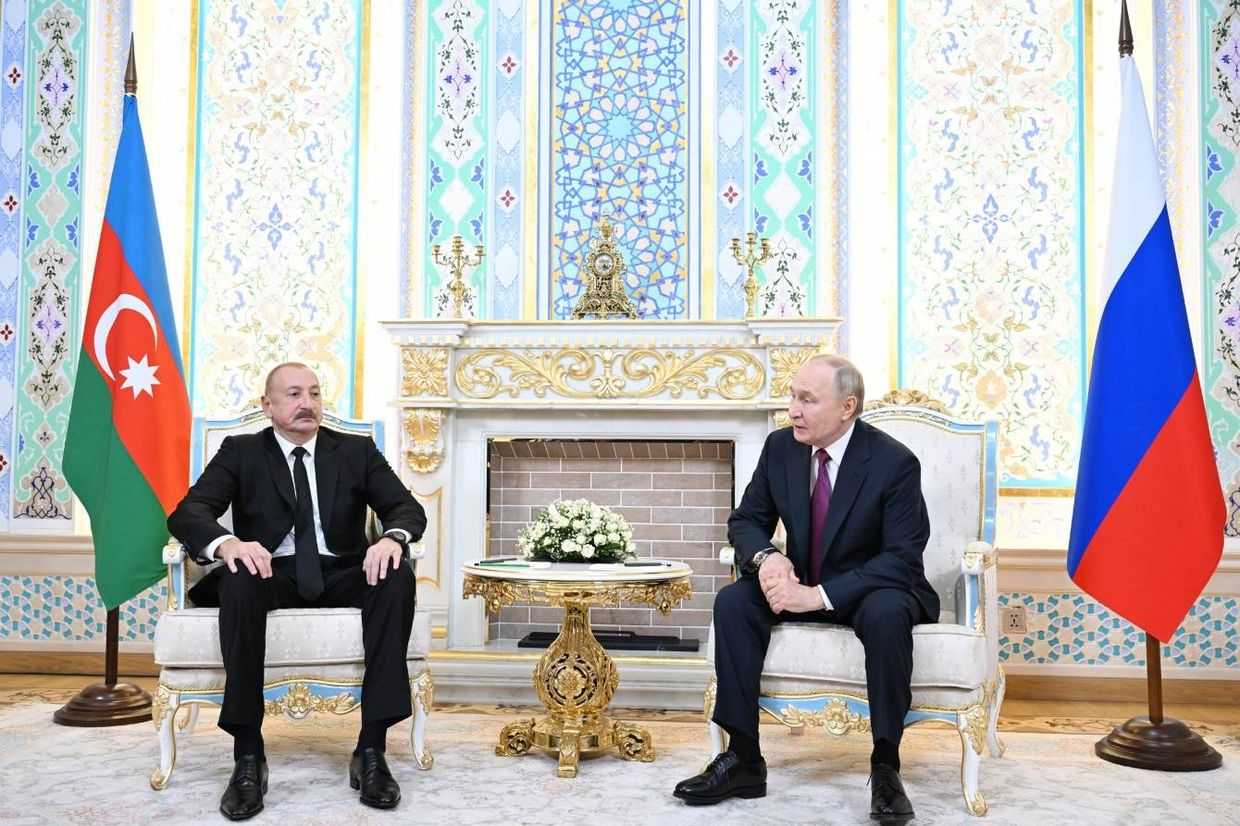Dozens killed after Azerbaijan Airlines flight from Baku to Grozny crashes in Kazakhstan

Editor's note: This is a breaking story and will continue to be updated as more information is available.
Azerbaijan Airlines flight J2-8243 from Baku to Grozny crashed near the Kazakh city of Aktau on Wednesday morning.
There have been conflicting reports on both the number of passengers and crew on the flight when it took off, as well as inconsistent figures of the survivors of the crash.
Earlier this morning, the Azerbaijani state-run news agency APA reported that 72 people were on board the flight, but the Azerbaijani Foreign Ministry later said there were 67 people on the plane, including 62 passengers and five crew members.
As of 12:09, APA said that at least 25 passengers were hospitalised after the crash. Later in the afternoon, the number of survivors had risen to 32, while officials also said that dozens were killed. The preliminary number of survivors was later corroborated in a statement Azerbaijan's Foreign Ministry.
The figure was corroborated by Chechen head Ramzan Kadyrov, but it was unclear where he obtained the information from.
Later in the evening, a preliminary list of the passengers was shared by the Kazakh news agency KazInform, which also posted a video that appeared to show the moment of the crash.
Among the passengers on the list were 37 Azerbaijani citizens, 16 Russian citizens, six citizens of Kazakhstan, and three from Kyrgyzstan.
According to an earlier explanation by a spokesperson for Russia’s Federal Air Transport Agency, the plane reportedly experienced an emergency situation after striking birds while in flight, and due to foggy conditions in Grozny, was rerouted to Aktau, where it was forced to make an emergency landing.
Immediately after the crash, various theories about the possible cause, including some suspicions of foul play, began to spread on social media.
Many drew attention to the seemingly illogical route of the plane, which flew over the Caspian Sea, rather than directly overland from Baku to Grozny.
As photos and videos of the crash site were shared online, which showed holes in the fuselage, others speculated that they might have been caused by bullets or air defence projectiles. The theories cannot be independently verified, and there have been no official statements as of Wednesday evening that indicate external involvement, beyond the assertion that the plane may have struck birds while flying.
Nonetheless, earlier in the day there were drone strikes reported in Ingushetia and Chechnya, as well as an explosion at a mall in North Ossetia, which some said was related to a drone attack.
Increasing speculation in Russian media that the Baku-Grozny Azerbaijan Airlines flight was shot down by Russian air defenses that mistook it for a Ukrainian drone. Footage of the damage to the fuselage. pic.twitter.com/QzsDbCLDtS
— Yaroslav Trofimov (@yarotrof) December 25, 2024
Andrii Kovalenko, Head of the Center for Countering Disinformation at the National Security and Defence Council of Ukraine, shared a video on Telegram purporting to show the attack. Alongside the video was the caption, ‘Grozny under attack. (Ramzan) Kadyrov is humiliated again’.
The connection, if any, between the attacks in the North Caucasus and the plane crash is currently unclear.
Azerbaijani President Ilham Aliyev did not mention the drone attacks in his statement about the attack, and said ‘the reasons for the crash are not yet known to us’.
Aliyev acknowledged that ‘there are various theories’, but said ‘I believe it is premature to discuss them’.
A criminal investigation into the crash has been opened, he added.
Thursday will be a national day of mourning in Azerbaijan, according to a decree signed by Aliyev.









